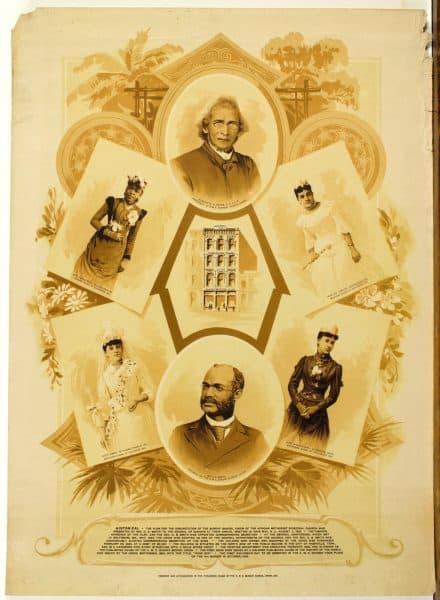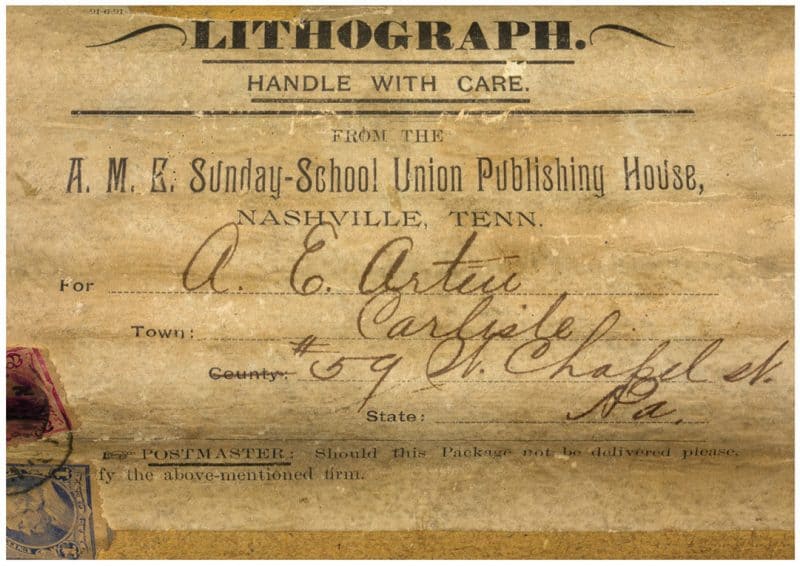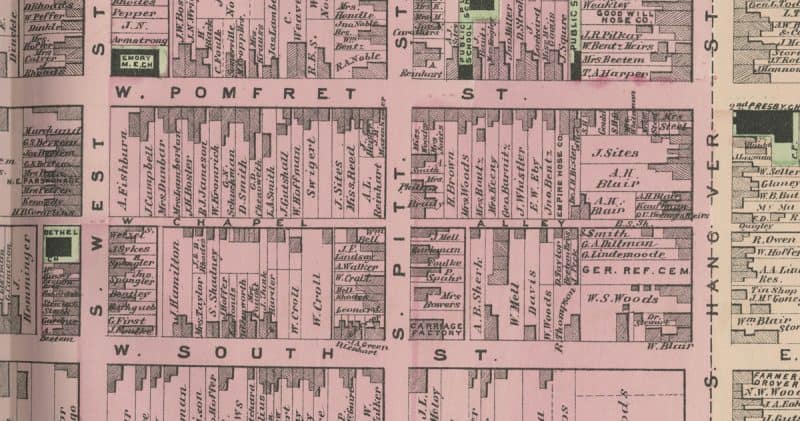Reconstructing Fragments of African American Life




The Arters lived on West Chapel Street, between Pitt and Hanover Streets. As pictured on this map, a Bethel A.M.E. church is only a block and a half away at the corner of West Chapel and West Streets. Map of Carlisle from Atlas of Cumberland Co., Pennsylvania (New York: P.W. Beers, 1872).
1314 Locust St., Philadelphia, PA 19107
TEL 215-546-3181 FAX 215-546-5167
http://www.librarycompany.org

Leave a Reply
Want to join the discussion?Feel free to contribute!